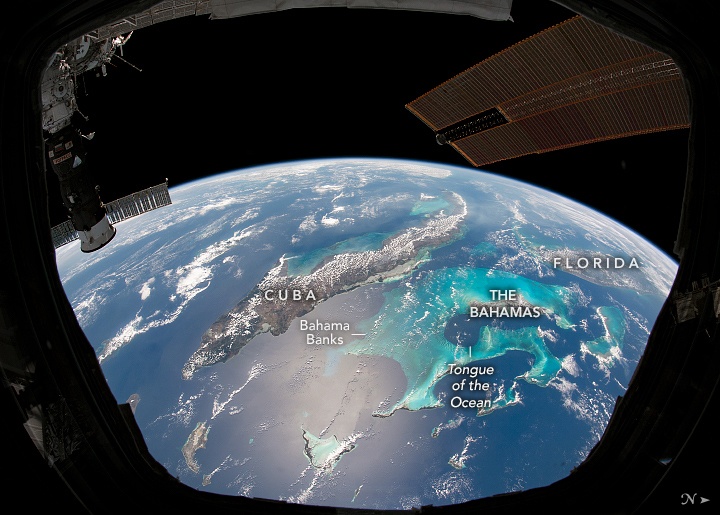Without Ozone the Earth Might Get a Lot Colder
By Paul M. Sutter
The evolution of Earth’s climate contains many components. And new research has shown just how critical the ozone layer is to the surface temperature of the Earth. Without an ozone layer, our planet would be 3.5 Kelvin cooler.
Many feedback and forcing mechanisms play a role in stabilizing and setting Earth’s overall average temperature. In the simplest picture we receive radiation from the Sun. Some of that radiation bounces off of our upper atmosphere while the rest travels downward. Some of that radiation is absorbed by the air and the ground. The remainder of the radiation reflects off of the surface of the Earth. Most of that escapes back into space, but some of it is reabsorbed by the atmosphere creating a greenhouse effect that warms our surface to temperatures greater than what could be achieved without it.
But this is a highly simplistic picture. In reality our temperature and climate depend on everything from the abundance of various molecules in the atmosphere to ocean and atmosphere circulation systems.
While the ozone layer of the Earth’s supper atmosphere is critical for blocking ultraviolet radiation from the Sun, most climate models have ignored the role of ozone in studying the Earth’s climate. However, researchers have studied the impact of the ozone layer in a new paper appearing on the preprint journal arXiv.
We have not always had an ozone layer. Before the emergence of life, ozone was essentially non-existent in our atmosphere. And the Earth spent billions of years with only a minimal ozone layer. It is only in relatively recent times that it has stabilized to the thick levels that we see in the present day. And while the molecular oxygen that makes up a good fraction of the Earth’s atmosphere plays little role in climate, the ozone layer does.
To study the impact of the ozone layer, the researchers employed a suite of simulations of the Earth’s climate. They varied the amount of ozone in the upper atmosphere and allowed the Earth’s temperature to reach an equilibrium. They found that the presence of ozone has a warming effect on our surface temperatures, on average increasing the surface temperature of the Earth by about 3.5 Kelvin. If the ozone layer were to disappear, whether through human or some other means, this would have a catastrophic effect on our climate.
The primary effect of a lack of ozone would be a cooling of the upper stratosphere. Cooler air cannot hold on to as much moisture, and so the stratosphere would become drier. Water vapor is an important greenhouse gas, and so without it the overall greenhouse effect of the Earth would be diminished.
Beyond the changes to the Earth’s temperature, the lack of ozone would have significant impacts on our overall climate. The lack of ozone and the resulting cooling of the stratosphere would also destabilize that layer of the atmosphere preventing the formation of clouds. This would force clouds to only appear at lower and higher altitudes
Also, some jet streams would be strengthened near the equator, while others near the poles would be weakened. This would have drastic consequences for seasonal weather patterns at all latitudes.
The Earth’s atmosphere is a rich, complex system, and this result shows that every component plays an important role
The post Without Ozone, the Earth Might Get a Lot Colder appeared first on Universe Today.

June 14, 2023 at 07:52AM
via Universe Today read more...

Post a Comment